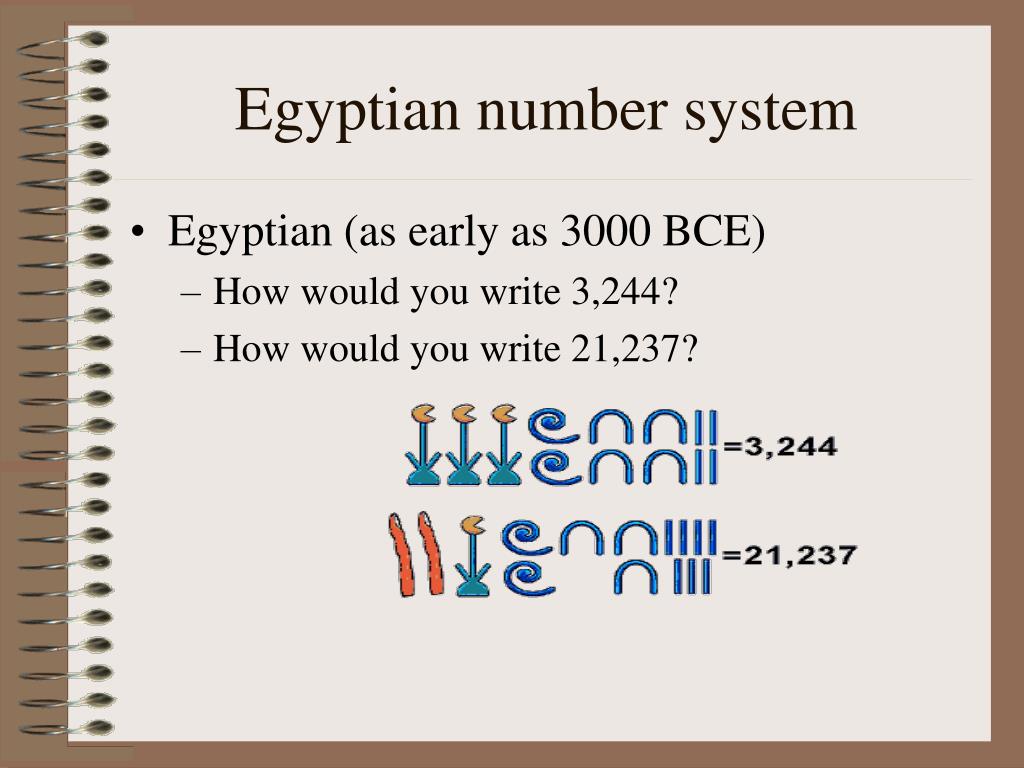

The Sanskrit translation of the lost 5th century Prakrit Jaina cosmological text Lokavibhaga The 7th century Brahmasphuta Siddhanta contains a comparatively advanced understanding of the mathematical role of zero. Around 500, the astronomer Aryabhata uses the word kha ("emptiness") to mark "zero" in tabular arrangements of digits.

The development of the positional decimal system takes its origins in Indian mathematics during the Gupta period. The place-value system is used in the Bakhshali manuscript the earliest leaves being radiocarbon dated to the period 224–383 AD. Each of the roughly dozen major scripts of India has its own numeral glyphs (as one will note when perusing Unicode character charts).Ĭhinese, Vietnamese, Japanese, and Korean numerals


According to some sources this number system may have some connection with the Chinese Shang numerals, which was also a decimal positional value system of base 10. Later they came to be called "Arabic numerals" in Europe because they were introduced to the West by Arab merchants. Persian and Arabic mathematicians called them "Hindu numerals". The Hindu–Arabic or Indo–Arabic numerals were invented by mathematicians in India. These symbol sets can be divided into three main families: Western Arabic numerals used in the Greater Maghreb and in Europe Eastern Arabic numerals used in the Middle East and the Indian numerals in various scripts used in the Indian subcontinent. The glyphs in actual use are descended from Brahmi numerals and have split into various typographical variants since the Middle Ages. The symbols (glyphs) used to represent the system are in principle independent of the system itself. The system is based upon ten (originally nine) glyphs. The system had spread to medieval Europe by the High Middle Ages. 825) and Arab mathematician Al-Kindi ( On the Use of the Hindu Numerals, c. It became more widely known through the writings of the Persian mathematician Al-Khwārizmī ( On the Calculation with Hindu Numerals, c. The system was adopted in Arabic mathematics by the 9th century. It was invented between the 1st and 4th centuries by Indian mathematicians. The Hindu–Arabic numeral system or Indo-Arabic numeral system (also called the Hindu numeral system or Arabic numeral system) is a positional decimal numeral system, and is the most common system for the symbolic representation of numbers in the world. Modern-day Arab telephone keypad with two forms of Arabic numerals: Western Arabic numerals on the left and Eastern Arabic numerals on the right


 0 kommentar(er)
0 kommentar(er)
